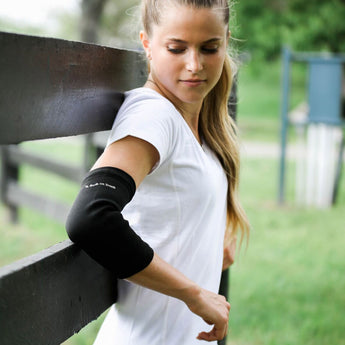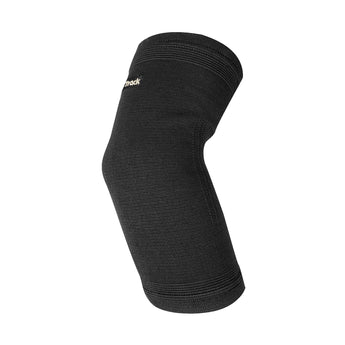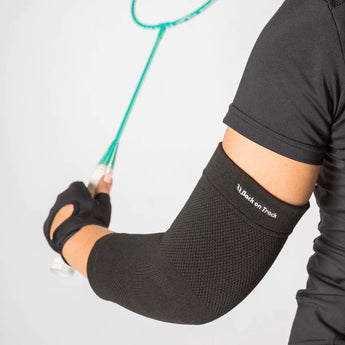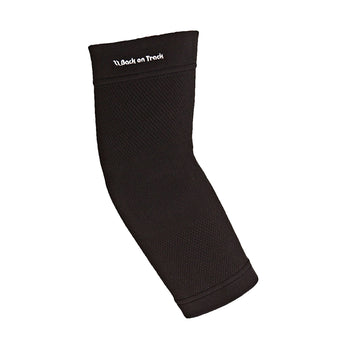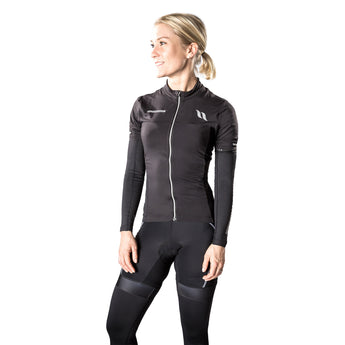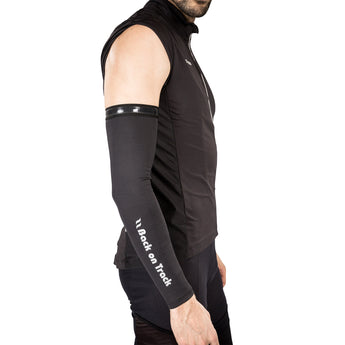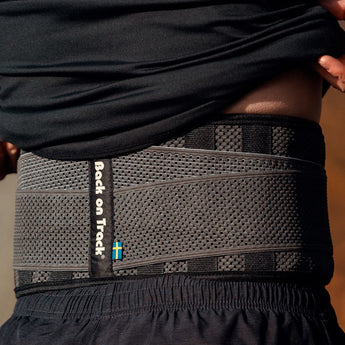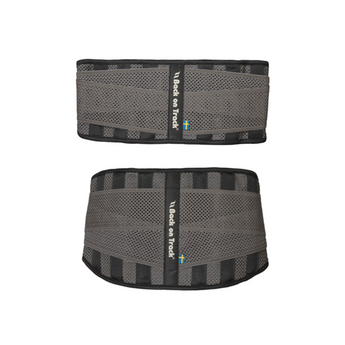Whether you’ve strained your wrist during barn chores, suffered a fall while riding, or developed chronic pain from repetitive motion, wrist injuries are no joke. The wrist is a small but critical joint that affects nearly every hand movement, so healing it properly is essential.
A wrist brace is one of the best tools for supporting the healing process. But not all wrist braces offer the same support.
Keep reading to learn why the right wrist brace matters and how Back on Track wrist supports can help your recovery.
Common Wrist Injuries
Wrist injuries aren’t exclusive to athletes. Wrist pain is common among office workers, riders, barn managers, dog handlers, and anyone who regularly lifts, grips, or uses their hands.
Some of the most common wrist issues include:
- Sprains: Ligament injuries from overextension
- Tendonitis: Inflammation from repetitive motion
- Carpal tunnel syndrome: Nerve compression from typing and similar movements
- Fractures: From impact or falls
- Strain and Overuse: From physical activities
Wrist pain can limit your daily function, delay your training, and cause long-term issues if not addressed properly.
Tips for Wrist Injury Recovery
Here are four tips for recovering from a wrist injury:
- Rest first. Give your wrist time to heal and don’t push through sharp pain.
- Ice early, heat later. Ice in the first 48 hours, then use warmth to support healing.
- Stretch gently. When safe, add small stretches and mobility exercises.
- Support while healing. Use a wrist brace to keep your recovery on track.
What Does a Wrist Brace Do?
A good wrist brace provides stability, compression, and support to the joint. Wearing a wrist brace supports tendons and ligaments during recovery while limiting excessive movement that could worsen the injury.
The best wrist braces also promote circulation, which is key for healing, in addition to helping reduce inflammation and swelling. Depending on the type of injury and severity, you may need a more rigid brace or a flexible, therapeutic wrap.
When to Use a Wrist Brace
You don’t have to wait for a serious injury to benefit from wrist support. A wrist brace can also be helpful if you’re experiencing:
- Post-accident or post-surgery discomfort
- Lingering soreness after daily chores
- General joint stiffness in cold weather
- Mild overuse from long days in the barn
- Chronic wrist fatigue from typing or other repetitive activities
Choosing the Right Wrist Brace
Your hands do a lot of heavy lifting. When your wrist is injured or strained, the right brace can mean the difference between chronic pain and full recovery.
Back on Track’s wrist supports provide additional benefits for recovery by using Welltex® technology, which reflects body heat as far infrared radiation. This effect helps increase blood flow to the injured area, reduce muscle and joint stiffness, ease discomfort, and support natural healing.
Back on Track Wrist Braces
All Back on Track Wrist Braces use Welltex® technology, but different styles offer unique features and levels of support.
- Carpus Wrist Brace: Rigid, stabilizing support for weak or injured wrists
- Classic 2-Way Stretch Wrist Support: Comfortable support for everyday tasks
- Physio Wrist Support 4-Way Stretch: Support and compression for active lifestyles
Learn More from Back on Track
Follow Back on Track USA on social for more tips: Facebook and Instagram
Subscribe to the Back on Track Bulletin to never miss a new blog post.
References
- Parmelee-Peters, K. et al. The Wrist: Common Injuries and Management. Primary Care Clin Off Pract. 2005.
- Pulos, N. et al. Hand and Wrist Injuries: Common Problems and Solutions. Clin Sport Med. 2018.
- Vatansever, F. et al. Far infrared radiation (FIR): its biological effects and medical applications. Photonics Lasers Med. 2013.





